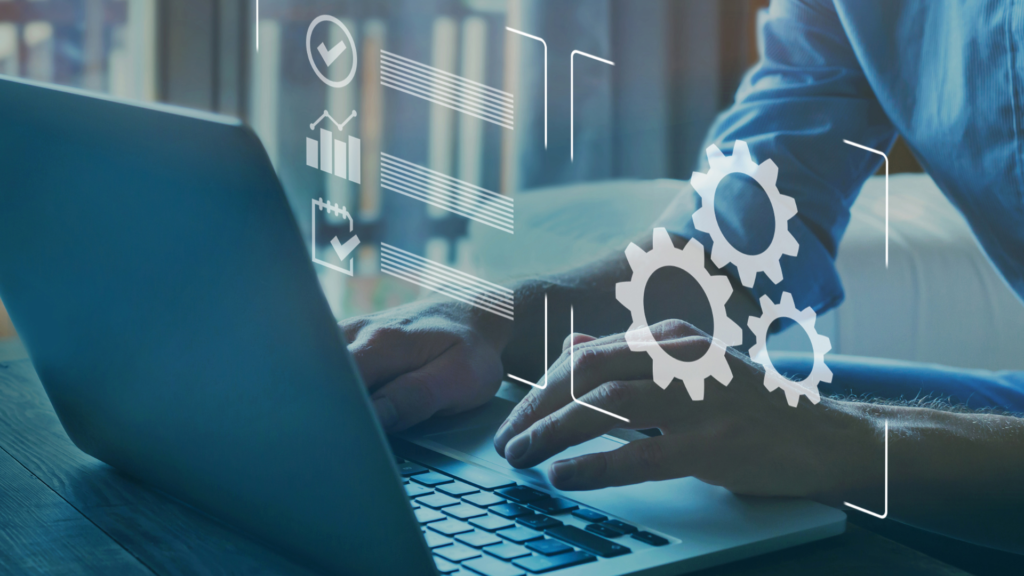The changes in technology and innovation has increased the protection of the account login process, there are different methods used to protect account. Multi-factor authentication is known to be best process to save your account. It is a process that has various methods of authentication used to verify the identity of the user for login transactions.
The main goal of MFA is to make it more difficult for an unauthorized person to access a computing device or physical location. Multifactor authentication is known to be one of the most important components of the identity and access management framework.
Why is multifactor authentication important?
One of the main reasons, multifactor authentication is important is because in today’s world threats and attacks are normal and your password can be easily compromised. Locking an account after a certain number of incorrect login attempts can protect the organization and help reduce security risks.
How does MFA Work?
When a user seeks access to a resource, they encounter multi-factor authentication. To gain access, the user must use both initial login details and a second authentication method. MFA uses different methods including the generation of one-time passcodes. The users have the flexibility to use hardware tokens to access critical services with an Adaptable security framework.
Methods of Multi-Factor Authentication:
There are certain methods of Multi-Factor Authentication that are as follows:
- Knowledge: One of the common tools used in MFA solutions is knowledge usually a password. The main disadvantage is that knowledge can be forgotten or stolen. The process is seen by a number of users due to the need to repeat data entry and manage their answers.
- Physical: Physical factors also known as possession factors such as portable device or USB dongle that helps in generating temporary QR code. Physical factors are usually outside the network and difficult to spoof. The U2F standard combines a USB token with an open-standard application providing a simple way to use additional authentication factors with platforms.
- Inherent: Inherent factors are one of the best factors that are unique and include biometrics like retina scans, face, and fingerprints. With the advancement in technology, it also includes voice ID and keystroke metrics.
- Social Media: In case the user grants access to his credentials that often provides an easy login process and social media is often a target of online criminals as they provide rich sources of user data.
What are the pros and cons of multifactor authentication?
There are some pros and cons of multifactor authentication that are as follows:
Pros
- Provides adaptive authentication that helps in changing workplaces and helps employees to work in a remote manner.
- Can be easily set up by the users.
- Has a scalable cost and are affordable for small business.
- Enable businesses to opt for restricting access for the time of day or location.
- Add layers of security at hardware, software, and personal ID levels.
- Can use OTPs sent to phones that are randomly generated in real time.
Cons
- MFA verification can fail if there is a network or internet issue.
- Phones can get lost or stolen
- Hardware tokens can get lost or stolen.
- Requires a phone to get a text message code.
- MFA Techniques can be upgraded to protect against cybercriminals who work to break them.
Multifactor authentication vs. two-factor authentication
The main purpose of enforcing security is to keep it as simple as possible so that it can be used by authorized users. The hackers quickly discovered ways to buy or break passwords at ATMs. This forced cybersecurity vendors to look for more hardened forms of authentication which use additional security factors for verification.
Conclusion
With the changes in technology, it is important to protect and guard the data through different passwords, but these passwords can initially be compromised costing organizations massive amounts of money. MFA is necessary for all organizations to decrease the possibility of cyberattacks and protect the organizations.
FAQ
What is the difference between MFA and Two-Factor Authentication?
MFA and Two-factor authentication are used in interchangeably manner. 2FA is basically a subset of MFA as 2FA restricts a number of authentication factors to two.
What is multi-factor authentication in cloud computing?
In the rapid growth of cloud computing, MFA is mandatory. Additional MFA security in order to ensure the safety and reliance of other additional authentication factors that are more difficult for hackers to imitate or use any brutal methods for hacking.



